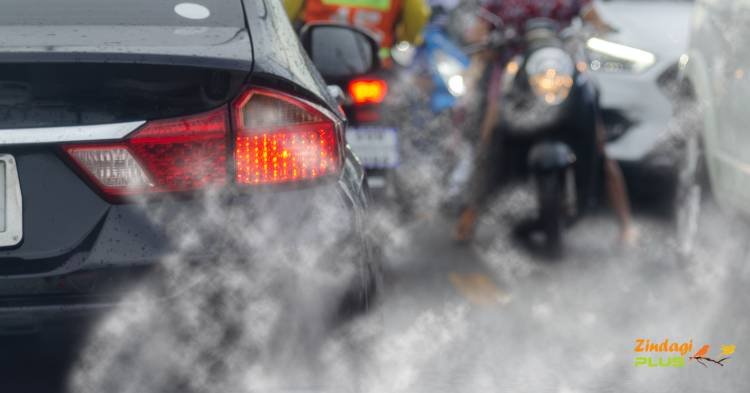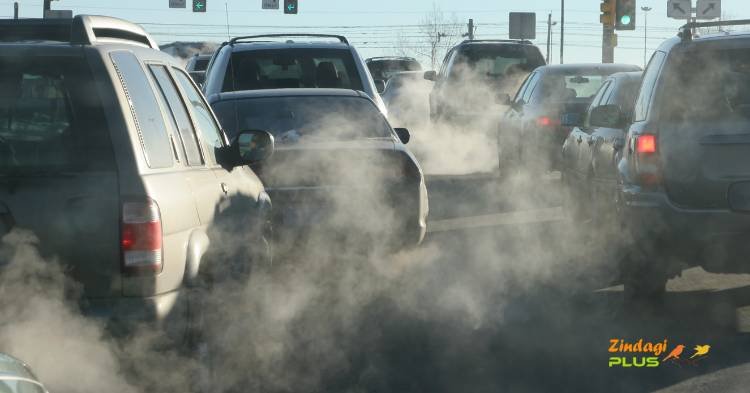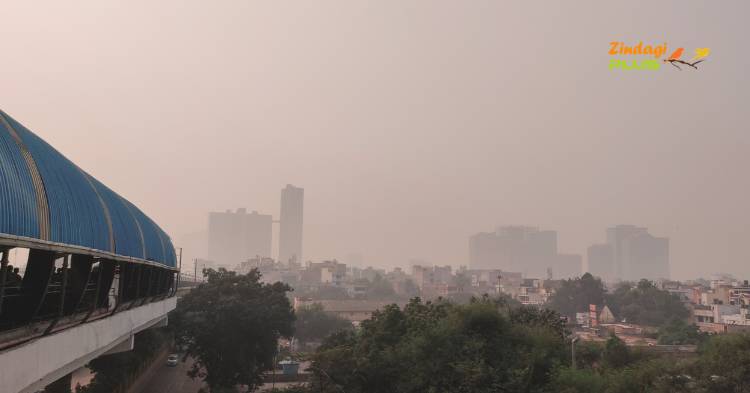Addressing Delhi’s Pollution Crisis: An Analysis of the Odd-Even Vehicle Policy
Delhi, India’s bustling capital, has long grappled with a severe pollution crisis. To combat this environmental menace, the Delhi government introduced a radical measure on January 1, 2016: the Odd-Even Vehicle Policy. However, as we approach 2023, it’s evident that this well-intentioned policy has failed to yield substantial results, except during the peak of the COVID-19 pandemic when many activities came to a halt. In this article, we will delve into the various facets of this policy and the concerns it raises.
The Odd-Even in Delhi Vehicle Policy: A Brief Overview
The core premise of the Odd-Even Vehicle Policy is simple: private vehicles with odd-numbered registration plates are allowed on the roads on certain days, while those with even-numbered plates are permitted on alternate days. While the government argues that this policy is a practical approach to mitigate vehicular emissions and improve air quality, it warrants a closer examination.

Key Concerns Ignored by the Government
Several critical concerns have been largely ignored in the implementation of this policy, and they deserve our attention.
1) Insufficient Public Transport
One glaring issue is the lack of an adequate public transport system to accommodate the influx of new users. Delhi’s public transportation network still grapples with poor connectivity, leaving many citizens heavily reliant on private vehicles for commuting.
2) Impact on Lower-Income Households
Lower-income households, often dependent on affordable two-wheelers, may find themselves at a disadvantage due to increased reliance on auto-rickshaws and taxis, which can be cost-prohibitive.
3) Non-NCR Vehicles Dilemma
The policy raises questions about vehicles passing through Delhi from other states. Are travelers expected to adhere to Delhi’s regulations, even if they have no intention of stopping within the city?

4) Enforcement and Monitoring
Effective enforcement of the Odd-Even policy is a monumental challenge. Does the government possess the necessary resources and technology to police this massive undertaking?
5) Potential for Corruption
A concerning fallout of this policy could be increased corruption. Individuals might attempt to manipulate their vehicle registration numbers, and taxi services could raise their rates. Moreover, bribing traffic police to avoid prosecution might become commonplace.
6) Handling Medical Emergencies
In cases of medical emergencies, the policy could pose a significant hurdle. What if someone needs to transport a patient urgently, but their vehicle is not permitted on the road that day?

7) Lack of Pre-Implementation Planning
One must question whether the Delhi government adequately planned for the expansion of public transport before implementing the Odd-Even policy in 2016.
8) Ensuring Emission Reduction
It is crucial to scrutinize whether the introduction of more public transport options genuinely leads to reduced emissions or simply adds to pollution levels.
9) Women’s Safety Concerns
Increased reliance on public transport, especially during late hours, may raise concerns about women’s safety. The government must address these issues comprehensively.
10) Late-Night Travelers
Late-night travelers could face prosecution if they are unable to return before the next day’s policy takes effect. This raises questions about the policy’s fairness.
11) Corporate Policy Adjustments
Private companies may need to adjust their conveyance policies to accommodate employees who might arrive late due to public transport delays. Ensuring fair compensation for such situations becomes vital.

12) Impact on Drivers
A significant segment of Delhi’s upper-income population employs drivers. The policy may have repercussions for their employment and salaries.
13) Second Vehicle Purchase
Higher-income families may consider purchasing a second vehicle with a number that aligns with the policy, potentially negating the intended benefits.
14) CNG Vehicle Owners
Owners of CNG (Compressed Natural Gas) vehicles, which have a lower emission footprint, may question the fairness of being subjected to the policy’s restrictions.
15) Duration of Implementation
The policy’s duration also warrants discussion. Cities like Paris have implemented similar measures for limited periods. The Delhi government’s effort in planning and execution thus far pales in comparison.
Conclusion
While the Odd-Even Vehicle Policy in Delhi was conceived with the noble intention of curbing pollution and improving air quality, it is essential to address the critical concerns and shortcomings that have emerged over the years. A comprehensive and thoughtful approach, considering the diverse needs of the city’s residents, is crucial to effectively combat the pollution crisis and ensure a sustainable future for Delhi.








Hey there! This is my first comment here so I just wanted to give a quick shout out and say I really enjoy reading through your blog posts. Can you recommend any other blogs/websites/forums that deal with the same subjects? Thanks a lot!
It is appropriate time to make a few plans for the future and it is time to be happy. I have read this post and if I could I want to suggest you few fascinating things or suggestions. Perhaps you can write subsequent articles regarding this article. I want to learn even more issues approximately it!
As a Newbie, I am permanently exploring online for articles that can be of assistance to me. Thank you
I really like your writing style, superb info , thanks for putting up : D.
F*ckin’ remarkable issues here. I am very satisfied to look your article. Thank you a lot and i’m taking a look ahead to touch you. Will you please drop me a mail?